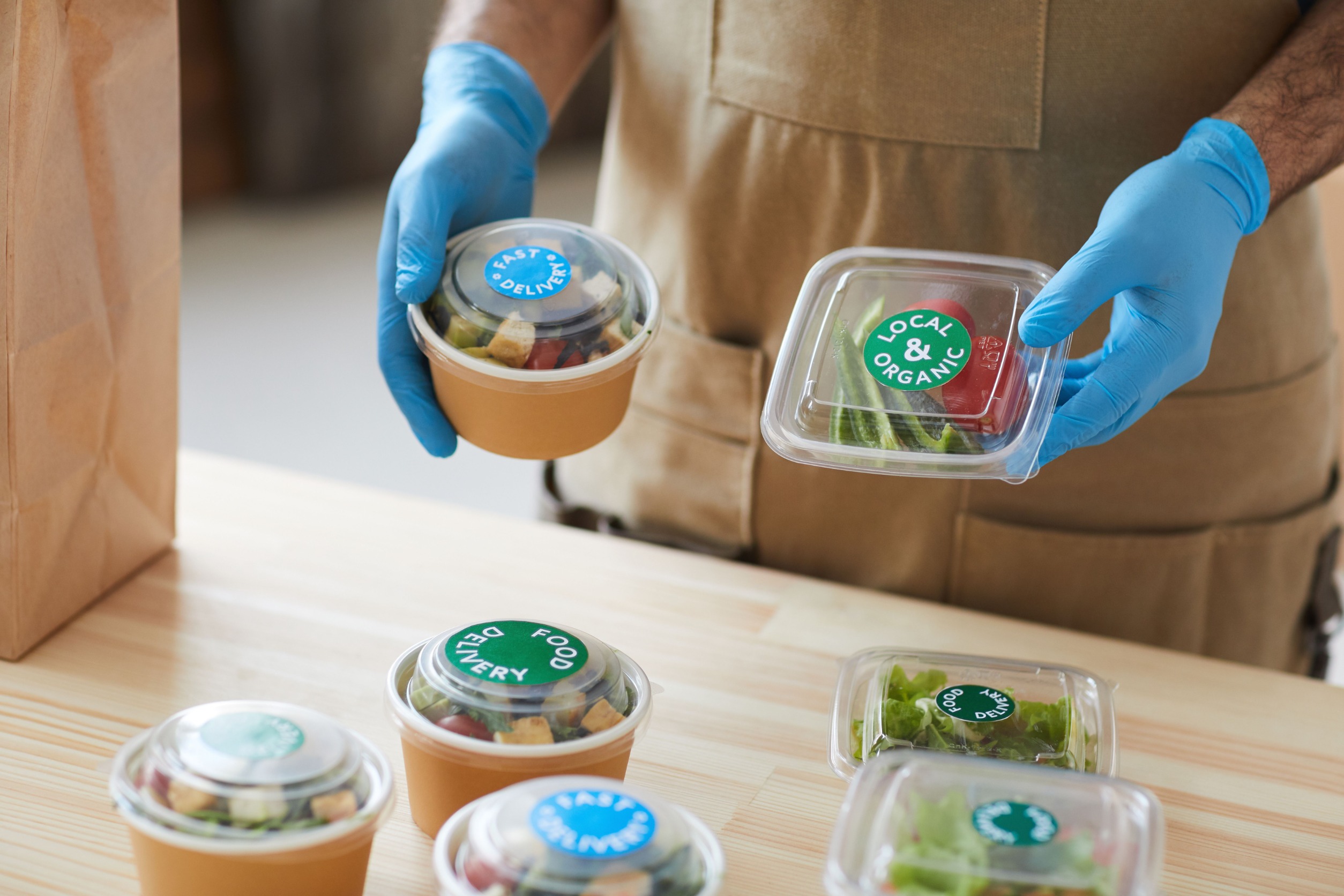Packaging is the first thing your customer sees when they find your product on a retail shelf or have it delivered to their home. It is incredibly important for your packaging to tell the story you want potential customers to hear in a unique and meaningful way. It is equally important for your product’s packaging to protect the product and keep it at maximum quality.
Let us help make packaging selection a little easier…follow our simple dos and don’ts guide to choosing the best packaging possible for your products:
DO:
Choose Packaging That Complements Your Product
Choosing packaging for your products should be an early priority in your production planning. During this planning, consider all the functions that your product’s packaging must have. Obviously, you want packaging that protects your product while also advertising your brand, but some products require more. Frozen foods require food-safe packaging that is sturdy enough to withstand freezing and thawing. Pharmaceutical products require ultra-sanitary packaging to ensure product quality. Cosmetics require single-user reclosable containers. The needs of your specific product should always guide your packaging choices.
Keep Your Brand Image Consistent
Once you’ve chosen a line of packaging to use for your products, it’s important to make sure they are branded consistently. Consistent packaging makes your products more recognizable and provides your customers with a predictable and pleasurable user experience. Big differences in your packaging design from product to product will cause confusion and likely affect your sales.
Consider Sustainability
Sustainability is the elephant in the room for all packaging decisions. With major retailers requiring sustainability measures to be in place by their vendors, there’s no better time than now to consider how to make your product packaging as sustainable as possible. Using recyclable packaging materials is a great start, but try to think bigger. Sourcing raw packaging materials from free-trade zones or pivoting away from single-use plastics are other forward-thinking options.
Make Sure Your Equipment Can Handle the Job
You may have an amazing plan developed to package 200 products per hour, but if your equipment can only do 50 items per hour, then you’re looking at a bottleneck. Make sure your equipment is capable of handling the output that you expect from your production line. If it’s time to upgrade, contact Econocorp to discuss how we can customize production line equipment to meet your needs and expectations.
DON’T:
Use One Package Size for All Your Products
We touched on the necessity of fitting your package form to your product’s function earlier, but it’s worth mentioning again that using the same package for all your products probably isn’t a good idea. Variances in product size and shape will make your one-size-fits-all solution less than ideal once you realize how much inner packaging material you’ll need for small products that are swallowed by your packaging. Customers may also view this product/package mismatch as wasteful or messy, damaging your brand’s reputation. Instead, develop a package customized for each product you produce.
Choose Packaging Solely Based on Price
Price is an important factor in any business decision, but the best managers know that it’s never the priority #1. A cut-rate packaging supplier might look great on paper, but when your order is late, and you have product piling up on your line because you’re out of packaging materials, that discount price won’t look so good. Instead, balance price with factors like reputation, capacity, and reliability.
Only Use One Packaging Supplier
Another common mistake when companies first source packaging materials is relying on only one supplier to meet all their needs. No matter how great a supplier is, things can happen. If you depend on just one supplier for all your packaging needs, you could be left holding the buck if something impairs their operations. Instead, identify 1-2 primary packaging suppliers along with several backup suppliers, so you’re covered in all situations.

